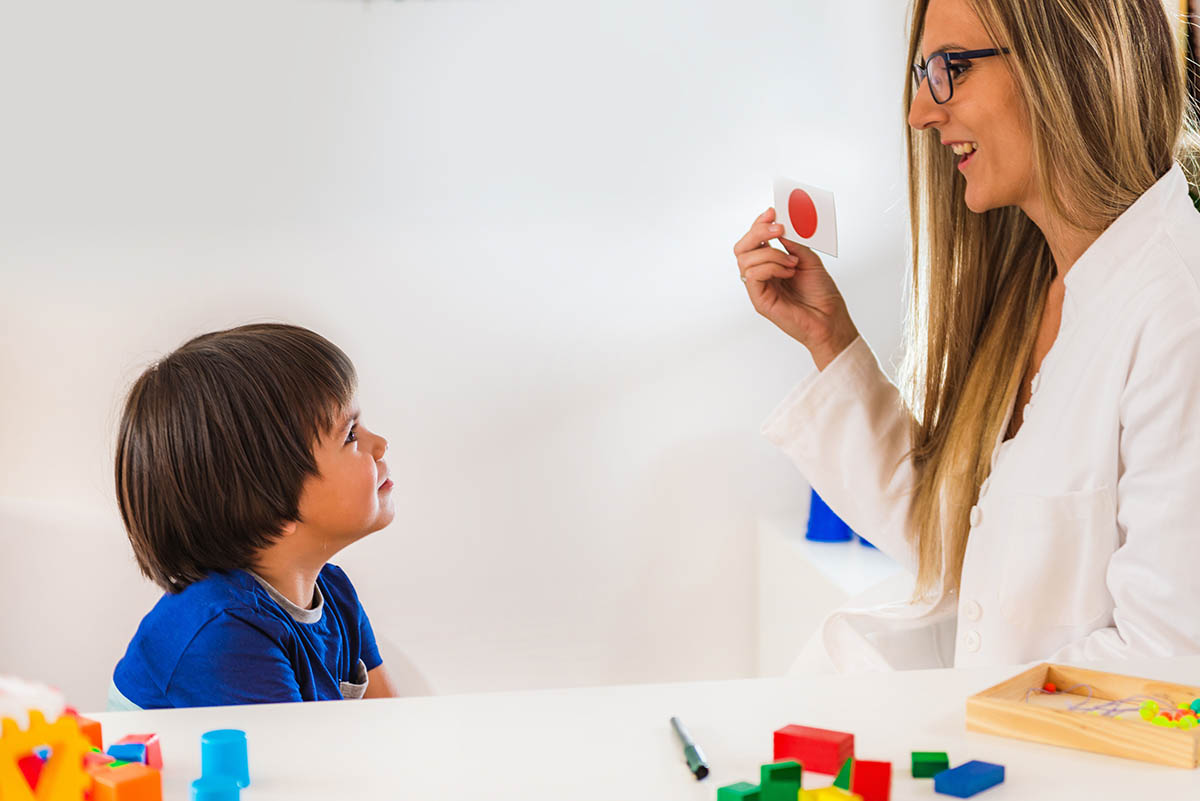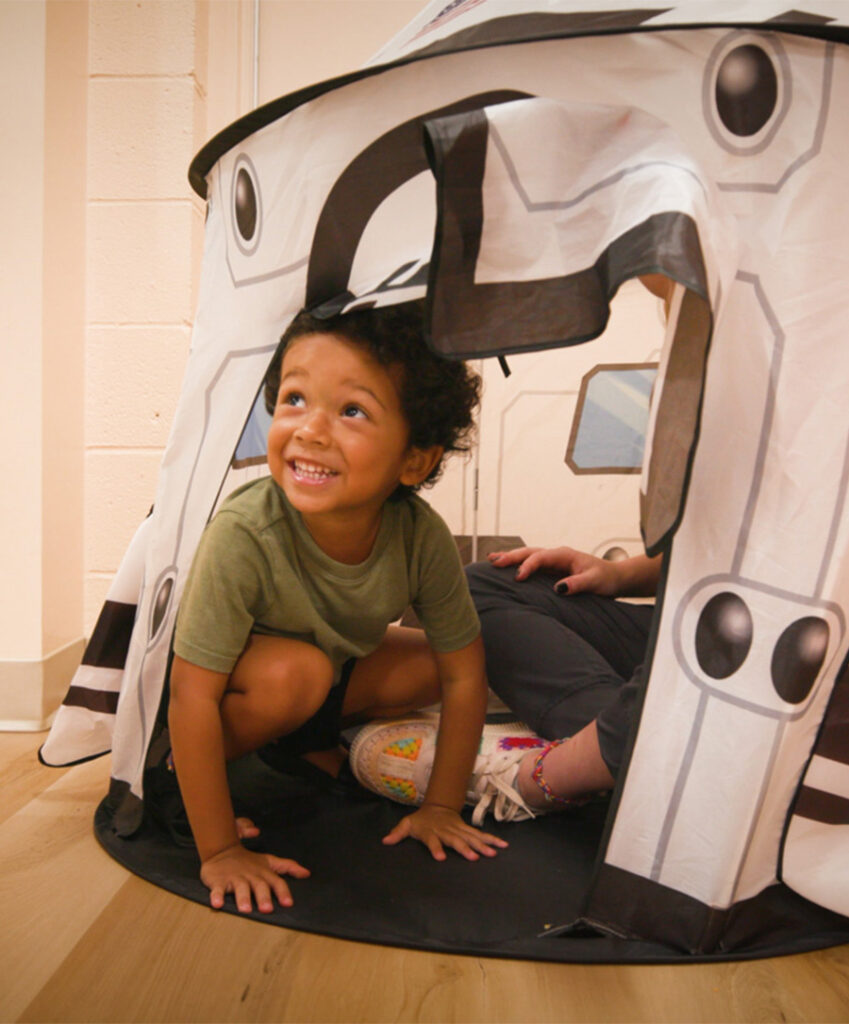If your child has been recently diagnosed with autism, you’re likely encountering a lot of new terms, therapies, and recommendations. Among these, applied behavior analysis (ABA) may have come up as a widely recognized and evidence-based intervention for supporting children on the spectrum.
Before starting this therapy, though, many parents wonder what an ABA therapy session looks like.
What Is an ABA Therapy Session and Why Is Structure Important?
ABA therapy focuses on improving specific behaviors, skills, and communication abilities through structured, evidence-based strategies. Each session is customized to meet the individual needs of the child and is guided by well-defined goals tailored to their strengths and challenges.
Structure is a crucial aspect of ABA therapy. A consistent, predictable setup fosters a sense of stability, which helps children feel safe and more engaged during their sessions. While the structure may vary based on the child’s specific needs, the framework of an ABA session typically includes the following components.
Different Levels of Providers in ABA Therapy
Psychologist
Our psychologists specialize in conducting comprehensive diagnostic evaluations to assess children to see if they meet the criteria for autism spectrum disorder (ASD). They utilize standardized assessments, clinical observations, and interviews to provide an accurate diagnosis, which serves as the foundation for developing an appropriate treatment plan.
Board Certified Behavior Analyst (BCBA)
Our BCBAs conduct in-depth assessments to establish individualized treatment goals, design evidence-based intervention plans, and regularly monitor progress to ensure effectiveness. In addition, BCBAs provide supervision and guidance to Registered Behavior Technicians (RBTs), ensuring consistency and quality in therapy.
Registered Behavior Technician (RBT)
Our RBTs are the hands-on implementers of the treatment plan designed by the BCBA. They work directly with clients, applying behavior intervention techniques in real-world settings to support skill development and behavior modification.
Under the close supervision of a BCBA, RBTs help individuals with autism improve communication, social, and daily living skills, making a direct impact on their progress and overall quality of life.
What Happens in ABA Therapy?
-
Pairing and Rapport Building
Direct Care sessions are most frequently run by RBTs, with BCBAs observing sessions on a regular cadence. Each session with begin with a focus on rapport building. Both devote time to building trust with your child. Often referred to as “pairing,” this step is crucial to creating a positive and engaging learning environment.
The RBT observes your child’s interests, preferences, and behaviors, using toys, games, or activities they enjoy, creating a strong foundation for collaboration. While each session typically begins with a focus on rapport building, our registered behavior technicians are trained to constantly assess their rapport with your child throughout each session.
If your child loves puzzles or interactive games, the RBT might incorporate these into the session to build a connection and keep them motivated.
-
Skill Acquisition Programs
One core element of an ABA session is teaching new skills that align with your child’s developmental goals. These could include communication skills (e.g., verbal requests or gestures), social skills (e.g., learning to share or take turns), or motor skills (e.g., using utensils during meals).
To teach these skills, RBTs contrive opportunities to practice skills throughout the session. Often more complex skills are broken into smaller, more manageable steps and taught systematically using discrete trial teaching.
-
Challenging Behavior Reduction
Many ABA sessions focus on addressing and reducing behaviors that interfere with learning or social interactions, such as tantrums or self-injury. Behavior analysts use strategies like functional behavior assessments (FBAs) to understand the cause (or function) of a challenging behavior.
From there, the RBTs creates a plan to reduce instances of challenging behavior. The plan will include the RBT teaching the child to engage in a replacement behavior, which is a more appropriate way to communicate their needs or feelings. The RBT will create low stakes opportunities to practice the replacement behavior to ensure this new repertoire is strengthened through reinforcement.
-
Natural Environment Teaching (NET)
Learning often extends beyond structured table work. Natural environment teaching is utilized to allow the child to select activities that are motivating and position the RBT to work on treatment goals during play. For example, a session might include practicing requesting items during snack time, participating in a game, or imitating someone’s actions during a play activity.
This approach makes learning feel more natural and helps children transfer their new skills into everyday life.
-
Data Collection and Progress Tracking
Throughout the session, the RBT collects data on your child’s behavior and performance. This ensures that progress is measured objectively and goals are adjusted as needed. Regular data collection helps determine what’s working and what might need to be modified, keeping your child on track towards their individual milestones.
How Long Are ABA Therapy Sessions?
The length of an ABA therapy session can vary greatly depending on your child’s needs, age, and therapy plan. Sessions may last anywhere from 2 to 4 hours, with younger children generally having shorter sessions to accommodate their attention span and tolerance levels.
For children enrolled in intensive therapy programs, sessions might occur multiple times per week or even daily. Your professional team—often including a Board Certified Behavior Analyst (BCBA)—will recommend the most suitable schedule for your child.
Exploring In-Home ABA Therapy Options
It’s helpful to know that ABA therapy can take place in a range of settings, including your home.
Benefits of in-home therapy include:
- Familiar, comfortable surroundings for your child, which can reduce anxiety.
- Real-life opportunities to practice skills like following routines or playtime behaviors in their natural environment.
- Greater involvement of parents and caregivers, allowing you to learn, practice, and reinforce strategies alongside your child.
An in-home behavior analyst may work with your child in the living room, during family meals, or even outside in your backyard to practice skills across diverse settings.
Together, We Can Empower Your Child
An ABA therapy session is a carefully planned yet flexible experience designed to meet your child where they are and help them grow. The focus on skill-building, behavior improvement, and natural learning makes ABA an effective way to nurture development and independence in children with autism.
At Children’s Specialized ABA, our team is here to guide you every step of the way. We want to make sure your child feels supported, successful, and ready to thrive. Call 201.979.0772 or reach out online to learn how we can support your family.






